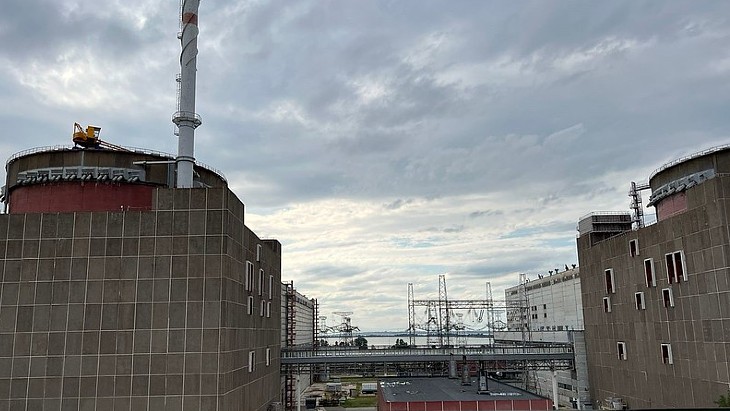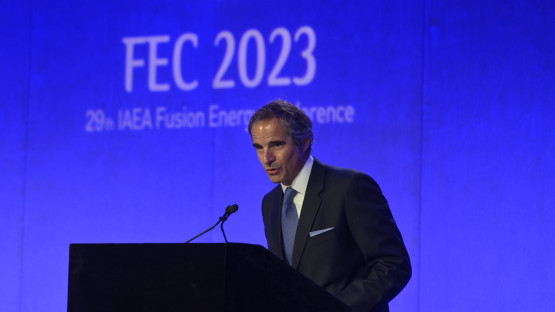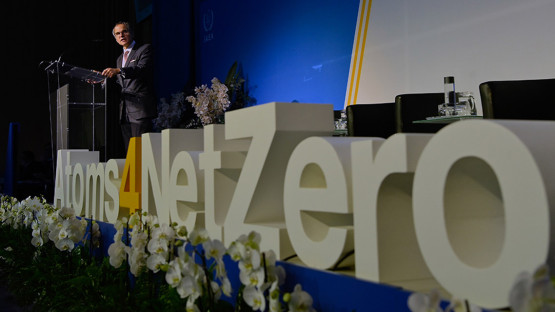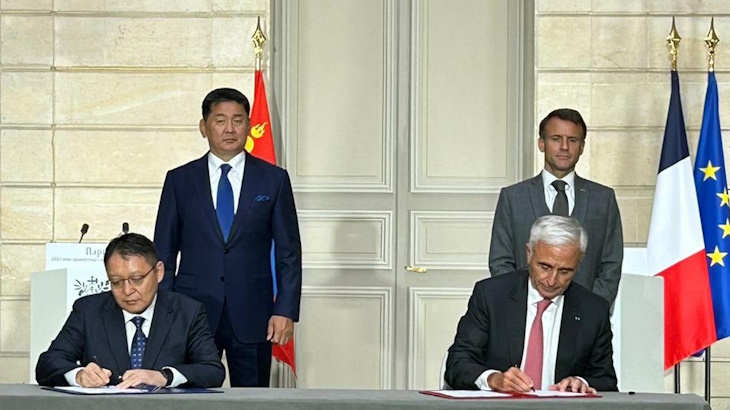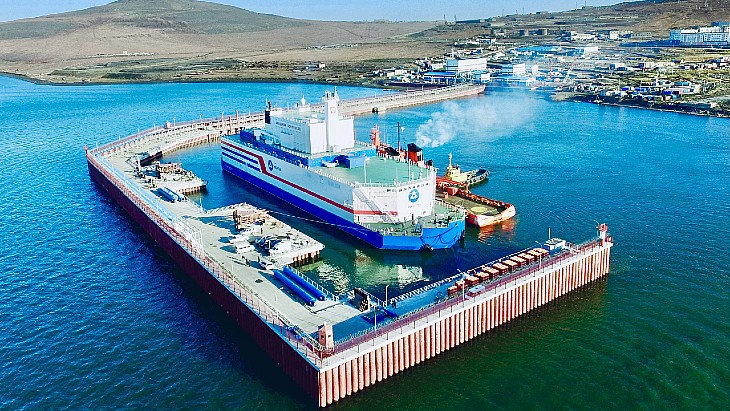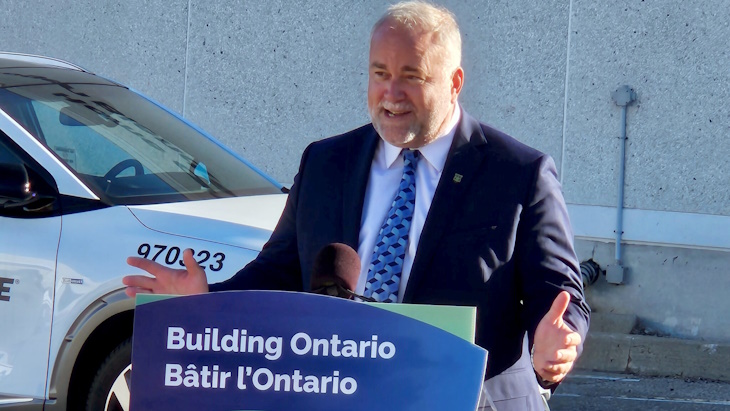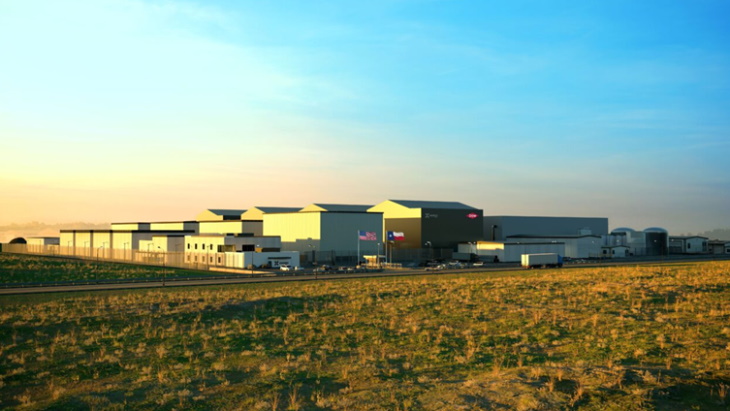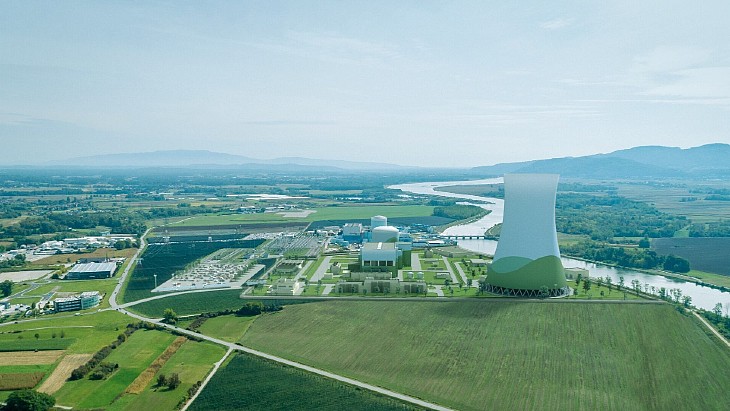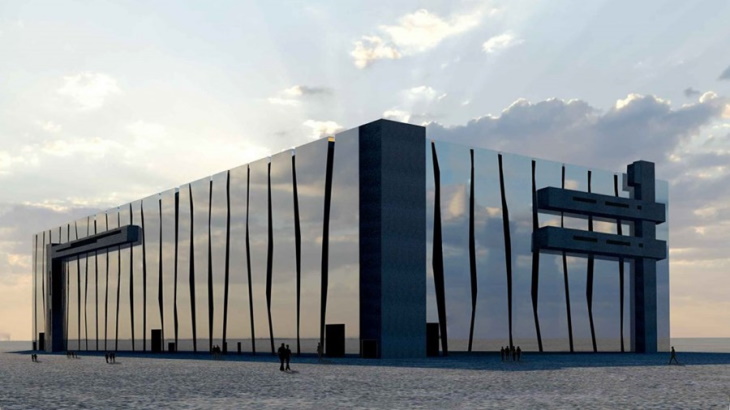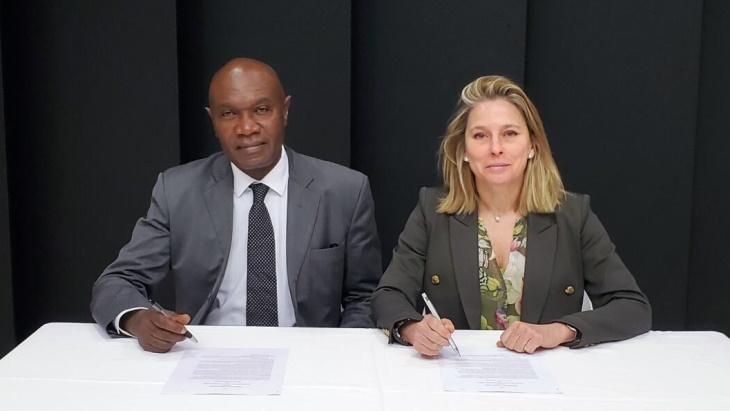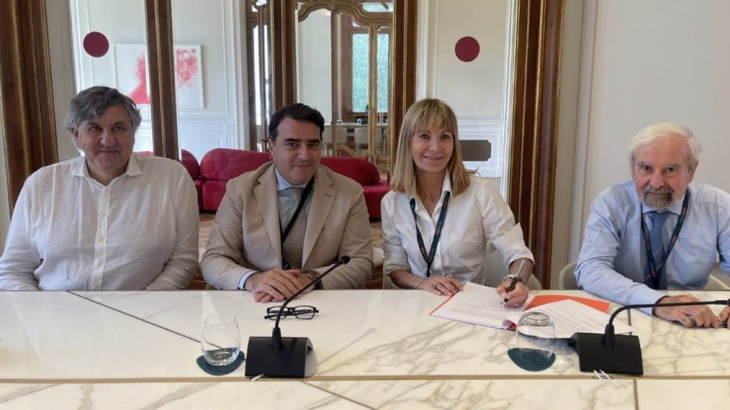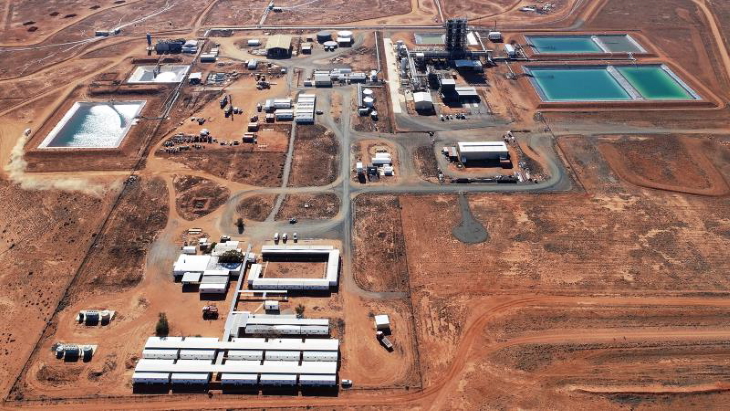Source: https://www.iaea.org/newscenter/news/the-iaea-the-international-centre-of-fusion-energy-past-present-and-future
Ladies and gentlemen,
It’s a pleasure to open the IAEA’s Fusion Energy Conference and to be back here in the United Kingdom, host of the second Fusion Energy Conference in 1965, the 10th in 1984 and the 29th, today in 2023.
It is good to be here in this home of so many important fusion endeavours: Mast Upgrade, STEP, JET, RACE, Tokamak Energy, First Light Fusion and General Fusion, to name a few.
Before I begin my remarks, let me wish a happy 40th anniversary to JET, the first tritium experiment in Europe, breaker of scientific records, producer of generations of accomplished scientists and engineers, and a true magnet for international collaboration.
Big science needs collaboration and it doesn’t get much bigger than fusion energy. In fusion energy, it doesn’t get bigger than the IAEA Fusion Energy Conference.
Since the early 1960s, this conference has been the marker of many milestones; a place where Nobel prize winners, inventors and scientists have come to unveil their achievements, often months and years in the making. For decades, the Fusion Energy Conference has been setting the direction of fusion research - from the shift to the tokamak after the 1968 conference to the discovery of H-mode after the 1982 conference.
I hear many in the fusion community call the Fusion Energy Conference simply “the IAEA”. I don’t want to spoil the party, but I have to tell you…there are a few other things the IAEA does too.
And that is a good thing because it gives us many years of experience, not only bringing scientists and engineers together, but also bringing policy makers, regulators, investors and other key stakeholders to the table.
This year’s FEC has 2,000 participants and our always-evolving programme includes a session on the “Pathways to Fusion” – which brings together both public and private sector developments.
Fusion is making progress. Progress is being made at ITER. It is being made here in the UK and all around the world, in Europe, China, Japan, South Korea, India, Russia, and the USA. Since the last Fusion Energy Conference, in 2021, there have been momentous achievements in the field. Today you will hear about: JET’s world energy record; NIF’s scientific energy gain; MIT and Commonwealth Fusion Systems’ high-temperature superconducting magnet; and EAST’s long-pulse operation. Meanwhile, more than $6bn has gone into the private sector.
Young entrepreneurs I have met from England to New England, talk about their plans to get their projects up by 2025. Such ambition and enthusiasm is catching and the FEC has always been a place where ideas and enthusiasm are shared.
Now is the time to use the momentum and the enthusiasm and ride it to more breakthroughs.
The world is in urgent need of reliable energy sources that mitigate climate change and provide energy security. Governments know it, the public is demanding it, and people are becoming better informed about fusion.
The FEC will always be a place dedicated to science and engineering in fusion. But the fusion community is growing. We are at a crucial moment in the development of the field and there are new stakeholders who want to be – and need to be – part of the dialogue. I want you to be the first to hear the news from me: the IAEA will convene the inaugural World Fusion Energy Group next year. It will bring together you, the indispensable scientists and engineers, policy makers, financiers, regulators and civil society. This next leg of the fusion energy journey will get us from experiment to demonstration to commercial fusion energy production.
It is time to tell the story of fusion widely and with confidence. Fusion can provide stable, baseload power, and complement intermittent renewable sources like solar and wind. Fusion could help address the challenges of grid stability and energy storage. Fusion technology will be inherently safe with no long-lived radioactive waste. Fusion could revolutionize the way industries produce high-grade heat, to achieve more sustainable and environmentally friendly industrial practices. Fusion can provide enhanced energy security and independence from market fluctuations because its inputs are widely available or produced in situ.
There is of course the question of timing – that old quip that fusion will always be the energy of the future. But with every breakthrough we are experiencing, that belief sounds more and more outdated.
Will fusion get us to our climate goals of 2050? That is being debated. But the world will continue after 2050, and it will need clean energy on a massive scale beyond that date, to be sure.
No energy is more expensive than no energy, as the distinguished Indian nuclear physicist Homi Bhabha, said.
Today, nearly 800 million people still have no access to electricity. If billions of people are to be lifted from poverty, developing countries will be requiring much bigger energy budgets by the second half of this century. Meeting those needs requires investments made today. Here, I am not only talking of financial investments. Let me tell you a bit about how the IAEA is investing in the future of fusion.
We have brought together experts from across the IAEA’s disciplines to address all aspects of fusion, from research and development to future demonstration and deployment. We are also looking at safety and regulation, and even proliferation aspects of fusion and its interrelation with international law. We will draw from our long experience, deep knowledge and wide network in fission energy systems.
And we are reaching out beyond our hallways. Just a few weeks ago, I travelled to Massachusetts and signed a partnership with MIT to create the first Collaborating Centre focussed on fusion. We are also collaborating with companies, including Eni, Commonwealth Fusion Systems, General Atomics, and Tokamak Energy and First Light Fusion, here in the UK.
The IAEA will continue to support research in fusion through its Coordinated Research Programmes. We will continue to provide and manage important atomic and plasma physics data through 7 fusion databases. The Agency’s Fusion Portal has more than 10,000 users a year. It is the single access point to the Agency’s work in fusion and it is the home of the Fusion Device Information System, which has been visited more than 40,000 times.
Nuclear Fusion – the first and premier scientific journal in the field – continues strong after more than 60 years.
But the community and the public still lack a regularly published, recognized reference that tells us exactly where we are and what is happening on all the world’s continents in fusion. This is why, today in London, I am proud to introduce the IAEA’s World Fusion Outlook.
I am confident it will become the global reference for authoritative information and updates on fusion energy, its developments and its prospects.
Ladies and gentlemen,
Fusion is not to be confined to the laboratories and experimental centres. They, of course, are indispensable. But the ambition is to bring fusion energy to the economy. To make it part of the energy mix of the not-to-distant future, credible pathways must be identified, encouraged and supported.
I believe private-public partnerships will become increasingly important as the emphasis on R&D for fusion power plants grows.
We are seeing more and more start-ups enter this space. Many, like Kyoto Fusioneering, will become important parts of the supply chain that builds the fusion power industry.
But like a puzzle, these pieces only become a coherent picture when you align them. With its global reach, the IAEA is able to align fusion energy R&D programs to give us a clearer picture of where the sector is heading. This clarity and alignment will help make the most of existing facilities and optimize the development of new ones. It will support the testing and qualifying of crucial fusion technology components, in parallel with DEMO designs and constructions. Global cooperation, public-private partnership and effective regulation will all play crucial roles in fusion’s progress.
The IAEA has been, is and will be the central hub for international cooperation and coordination in fusion, just as it is for fission. That is why I believe we should not only discuss where we are today. Let us pave the way, support each other, and nurture projects and groups around the world. This is what the World Fusion Energy Group is all about.
The World Fusion Energy Group will bring together a set of diverse stakeholders in a dialogue that will drive fusion development forward.
I will shortly invite fusion experts to work with the IAEA to outline Fusion Key Elements such as fusion-related definitions, characteristics and criteria for fusion energy to help develop common understanding among stakeholders essential for global deployment. I expect these Fusion Key Elements to be ready by the inaugural gathering of World Fusion Energy Group.
In closing, let me thank you. I am inspired by your determination and enthusiasm. It is a privilege to be working together on this grand engineering endeavour of the 21st Century. We all are benefiting from the scientific and engineering feats of generations past. Standing on the shoulders of those who preceded us, we can see further and accomplish more.
Dear colleagues, dear friends,
While we may have different views on how exactly the global energy landscape will look in the coming years, we all see a place for fusion. Making this possibility a reality, is up to all of us.

